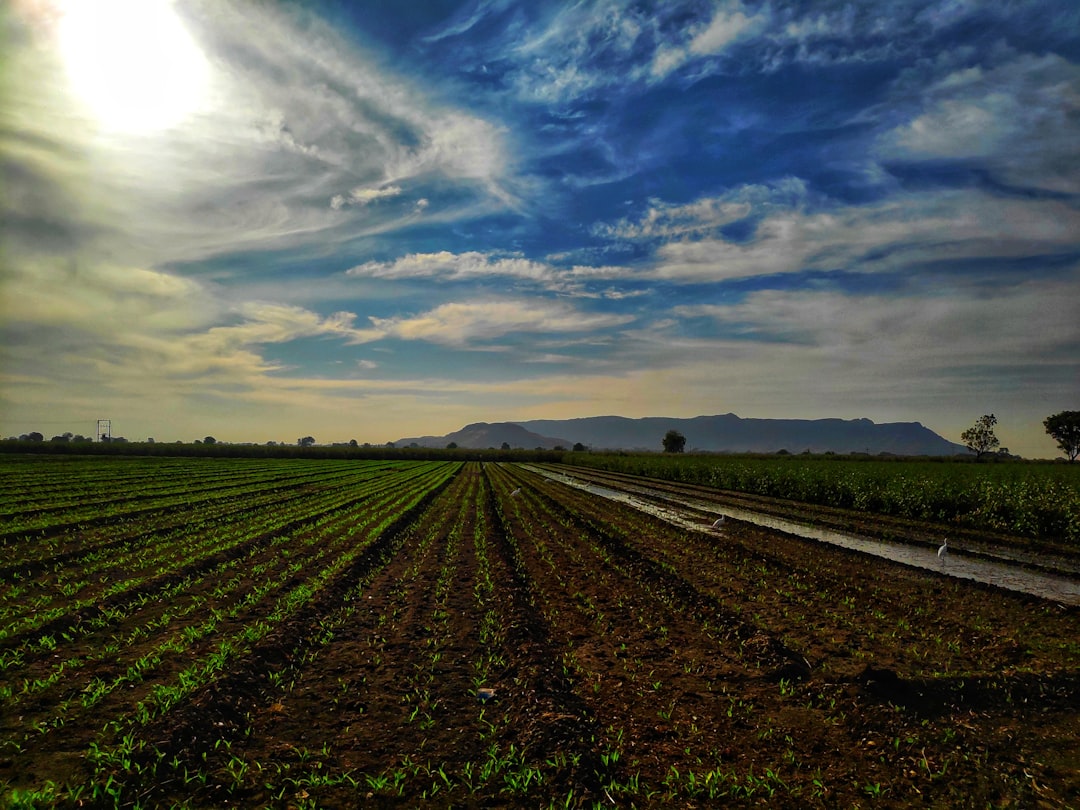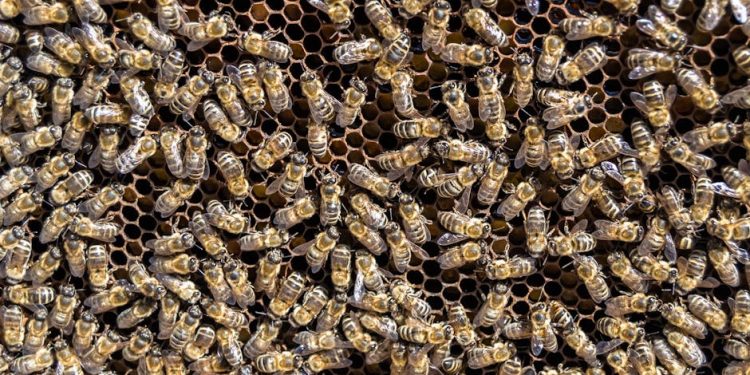No products in the cart.
Revolutionizing Agriculture: Syngenta’s Cutting-Edge AI Innovations
Syngenta unveils groundbreaking AI innovations at DevCon 2025, paving the way for sustainable agriculture. Discover how these advancements will impact farming worldwide.
Basel, Switzerland — At the heart of agriculture’s next revolution, Syngenta has unveiled a series of AI-driven innovations at this year’s DevCon 2025, captivating industry experts and farmers alike. With the world’s population projected to reach nearly 10 billion by 2050, the urgency for sustainable farming practices has never been more pressing. These advancements are not just technological feats; they are lifelines for farmers navigating the complexities of climate change, soil depletion, and market volatility.
Syngenta’s latest offerings include AI-powered crop monitoring systems and precision agriculture tools designed to optimize resource use and maximize yield. Imagine drones equipped with sophisticated imaging technology, flying over vast fields and collecting real-time data. This data can predict pest outbreaks and nutrient deficiencies, allowing farmers to act before problems escalate. In a world where every seed counts, these innovations offer not just efficiency, but a pathway to sustainability.

 Artificial Intelligence
Artificial IntelligenceThe Evolution of AI in Hiring: Implications for Job Candidates
AI technology is transforming job interviews, enhancing processes but raising concerns for candidates. Explore the implications.
Read More →As the agricultural landscape shifts, these AI tools present a promising future. Farmers are increasingly becoming data-driven decision-makers, armed with insights that were once the domain of scientists. This democratization of technology holds the potential to transform not only individual farms but entire communities. Consider the smallholder farmer in rural Kenya, who, with the aid of these tools, can access global market trends and adjust their planting strategies accordingly. It’s a powerful narrative of empowerment through technology.
Syngenta’s commitment to education and support will be crucial in ensuring that these advancements do not exacerbate existing inequalities.
However, the road ahead is not without its challenges. As with any technological shift, there are concerns about accessibility and the digital divide. While large agribusinesses may quickly adopt these innovations, many small-scale farmers may find the transition daunting. Syngenta’s commitment to education and support will be crucial in ensuring that these advancements do not exacerbate existing inequalities.
Moreover, the environmental implications of AI in agriculture cannot be overlooked. While the promise of reduced pesticide use and optimized water consumption is attractive, the production and disposal of technology products also pose environmental concerns. The industry must tread carefully, ensuring that the solutions they provide do not create new problems.
 Featured
FeaturedTop 10 Paulo Coelho Quotes: Your Roadmap to Success
Paulo Coelho's quotes are more than just words—they're a guide to achieving success. Explore these top 10 quotes that inspire…
Read More →Looking ahead, the integration of AI in agriculture is likely to accelerate. As we witness the impacts of climate change becoming more pronounced, the demand for smarter, more resilient farming practices will only grow. Syngenta’s innovations are a testament to the potential of technology to drive change, but they also serve as a reminder of the responsibility that comes with it.
As farmers embrace these new tools, collaboration between tech companies, agricultural experts, and local communities will be essential. The future of farming rests not just on what technology can do, but on how we harness it to serve the needs of people and the planet. The next chapter in agriculture is being written, and it promises to be a story of innovation, resilience, and hope.











